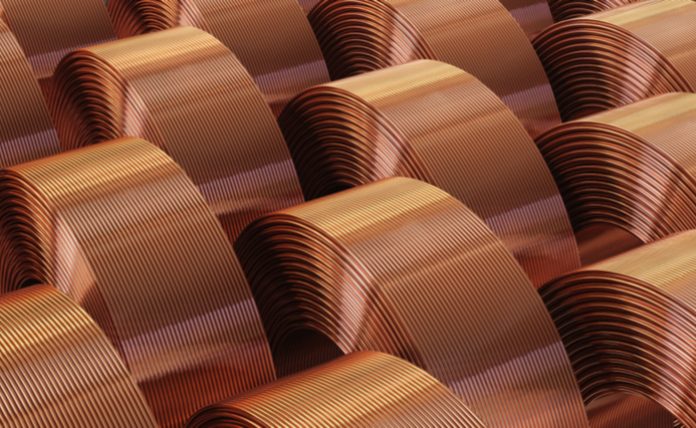Copper prices have been one of the top surging commodities over the past few months. While other precious metals like palladium have captured more of the spotlight before crashing significantly, copper is a bit more elusive to the hype that has surrounded some of the more speculative commodities.
With the red metal being used as a proxy for the overall economic health of Asian economies such as China, economists and speculators pay close attention to the price of this important metal. Copper prices jumped on Wednesday after strong industrial data from China, increasing by two percent and reaching a new 9-month high.
As a consumer of half of the world’s industrial metals, China had previously reported weaker economic data in what many worried would lead to an economic downturn. However, it appears that Beijing’s stimulus program is still filtering down to the real economy in some capacity, with the Chinese GDP growing at 6.4 percent in the first quarter and edging out on expectations.
While general economic growth is good, the main factor that bumped up copper’s price was a surge in industrial production. Figures showed that industrial value-added increased from 5.3 to 8.5 percent between February and March. New construction projects also came in 18 percent higher than March of last year. Overall lending from Chinese banks also hit an all-time record of $870 billion during Q1 2019.
Many analysts expect copper to be one of the star performers in the commodities market going forward. Capital Economics, a research firm based in London, has gone on to say that constrained growth in copper supplies will also help push prices higher. However, they also expect the price to dip below today’s levels by the end of 2019 before rallying to new heights by the end over 2021.
“This year, output will be curbed by a strike at Peru’s Las Bambas mine and disruptions at other mines in Chile, Spain and the DRC,” said the company. “What’s more, there is a limited amount of new capacity that is set to come on stream. At the same time, we expect that copper’s use in green energy, notably electric vehicles, will partly offset the negative impact of the structural slowdown in China’s economy.”
Chinese data also showed that the country’s import of unwrought copper increase 26.5 percent in comparison to the same time last year. Imports of refined copper are down 4.3 percent, but this decrease isn’t a big issue since last year China imported a record 5.3 million tonnes of refined copper, so a mild decrease of that figure still is at a reasonably higher number.
While new refineries and smelters in China is seen as the main reason for the decline in refined copper imports, the growth of the downstream copper industry has increased demand for copper concentrate, with imports up 10.4 percent as opposed to a year ago.
The red metal has earned the moniker of “Dr. Copper” precisely for its uncanny ability to predict coming recessions, especially within the Asian economies. While fears of an economic downturn have increased, high copper prices will reassure at least some investors that a recession is still is far off in the distance.










